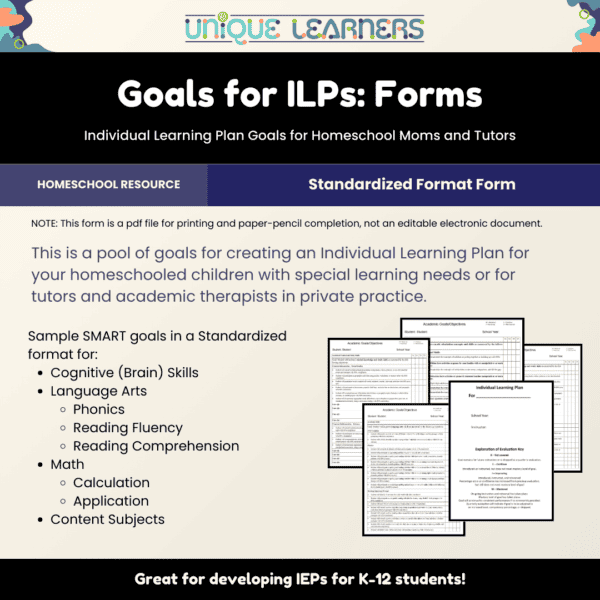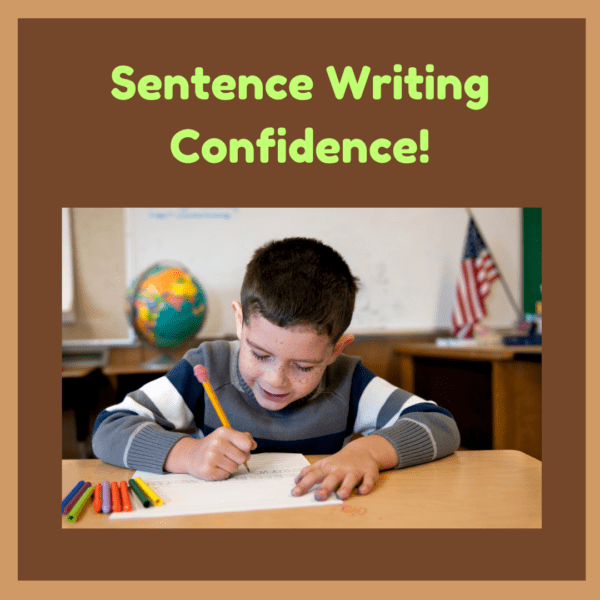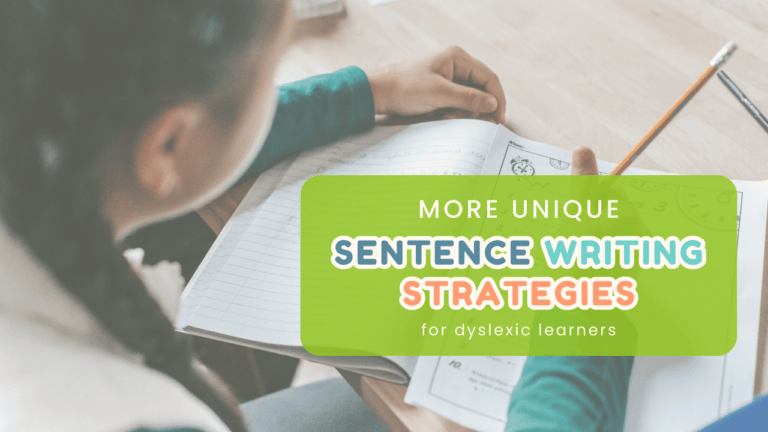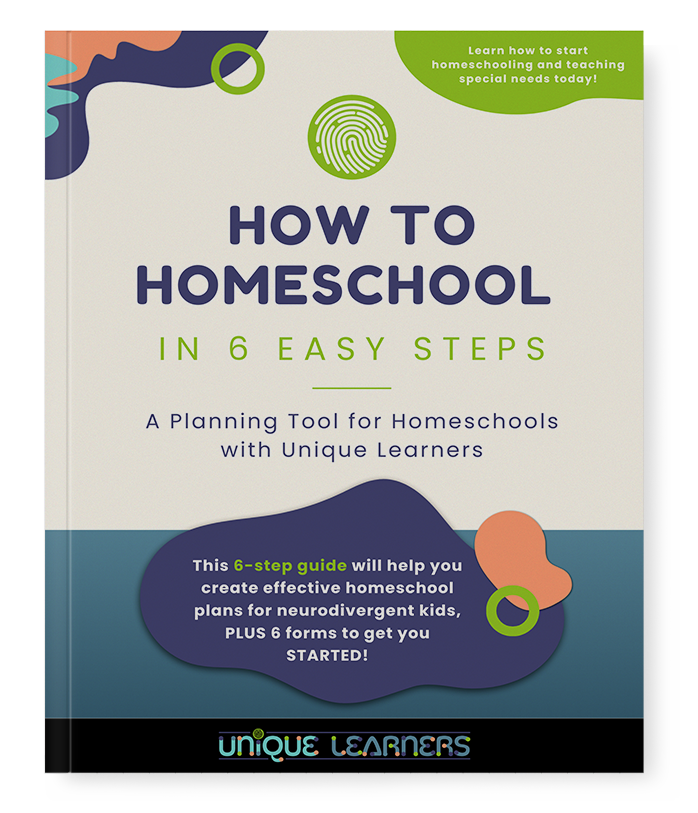In a world where words have the power to open doors and forge connections, imagine facing a barrier where letters dance unpredictably on the page, creating a whirlwind of confusion. This is the reality for many dyslexic learners, for whom traditional sentence writing can seem like navigating a labyrinth without a map. However, where others see obstacles, we see unique opportunities for creativity and innovation in teaching. These unique sentence writing strategies for dyslexic learners uncover the extraordinary techniques that can transform these challenges into moments of triumph, helping dyslexic learners harness their potential and express their thoughts with clarity and confidence.
For those unfamiliar with dyslexia, it might just appear as a simple difficulty with reading or writing, but it encompasses a complex layer of cognitive variations that require equally nuanced teaching methods. This blog post delves into the heart of these educational strategies, revealing how multisensory approaches, technology integration, and personalized learning plans can revolutionize sentence writing for dyslexic individuals. By embracing these tailored methods, we not only empower learners with dyslexia to break free from the constraints of traditional learning but also celebrate the diverse ways in which their minds process the world around them. As you dive into the insightful strategies laid out in this article, prepare to rethink conventional teaching paradigms and embrace an enriching journey that champions inclusivity and innovative education.
Understanding Dyslexia: Beyond Reading and Writing Challenges
Dyslexia is a learning difference that affects the way individuals process language. While it is commonly associated with difficulties in reading and writing, its impact extends far beyond these challenges. Dyslexic learners often struggle with sentence writing due to issues with phonological awareness, working memory, organizational skills, and processing speed. However, it is important to recognize that dyslexia does not indicate a lack of intelligence or creativity.
When teaching sentence writing to dyslexic learners, it is crucial to understand their unique needs and provide appropriate support. Multisensory approaches have proven to be highly effective in helping dyslexic individuals overcome barriers in language processing. By engaging multiple senses such as sight, sound, touch, and movement, these approaches create stronger neural connections and enhance learning retention.
One such approach is the Orton-Gillingham method, which combines visual, auditory, and kinesthetic elements to teach language skills. Through this approach, dyslexic learners can develop a solid foundation in phonics, spelling rules, and grammar – essential components of sentence writing. By incorporating hands-on activities like tracing letters in sand or using manipulatives for word and sentence building exercises, dyslexic learners can reinforce their understanding of sentence structure while enjoying a multisensory learning experience.
The Power of Multisensory Approaches in Sentence Writing
In addition to the Orton-Gillingham method, other multisensory approaches can also be employed to enhance sentence writing skills for dyslexic learners. For example, the use of color-coding techniques can help students visually differentiate between different parts of speech or identify subject-verb agreement within sentences.

I use red for adjectives, orange for nouns, yellow for pronouns, green for verbs, blue for adverbs, and purple for prepositional phrases. Each part of speech also has a shape associated with the function. We are pulling Sue’s specific teaching strategies into our Unique Learners curriculum, so keep checking back for when our color-coded grammar homeschool curriculum is launched.
Leveraging Technology: Tools for Writing Success
Technology can also provide dyslexic learners with access to various digital resources that support sentence writing. Online grammar checkers and proofreading tools can help identify errors in sentence structure, grammar, and spelling – providing immediate feedback and promoting self-correction.
One powerful tool is the integration of assistive technology into the learning process. Technology offers various applications and software specifically designed for dyslexic learners, enabling them to overcome writing challenges. Speech-to-text software, for instance, allows students to dictate their thoughts and ideas, which are then converted into written text. This not only reduces the cognitive load associated with handwriting but also helps dyslexic learners focus on the content of their sentences rather than struggling with spelling or handwriting difficulties.
Furthermore, word prediction software can assist dyslexic learners in generating sentence ideas by offering suggestions based on the initial letters or words they have typed. This feature not only saves time but also boosts confidence and encourages independent writing.
Additionally, interactive writing platforms offer engaging activities that allow dyslexic learners to practice sentence construction in a supportive environment. These platforms often incorporate gamification elements, making the learning process enjoyable while reinforcing key language skills.
Personalized Learning Plans: Tailoring Strategies to Individual Needs
Personalized learning plans are another crucial aspect of teaching sentence writing to dyslexic learners. Each individual has unique strengths and weaknesses when it comes to language processing. By tailoring strategies to meet their specific needs, educators can create a more inclusive and effective learning environment.
A personalized learning plan begins with a comprehensive assessment of the learner’s strengths and areas for improvement. This assessment may include evaluating phonological awareness, working memory capacity, vocabulary knowledge, and comprehension skills.

Based on the assessment results, educators can develop targeted interventions that address specific challenges faced by dyslexic learners in sentence writing. You can do this also with our FREE Unique Learners Learning Profile Graph – with or without an official diagnostic assessment. Then you can use our Unique Learners Individual Learning Plan Goals, which is a pool of SMART Goals that you can tailor to your specific child.
Overcoming Obstacles: Building Confidence in Sentence Writing
Dyslexic learners often face significant challenges when it comes to sentence writing. These challenges can lead to frustration, anxiety, and a lack of confidence in their abilities. However, with the right support and encouragement, dyslexic individuals can overcome these obstacles and develop strong sentence writing skills.
One effective strategy is to provide ample opportunities for practice and revision. By engaging in regular writing exercises (at least 3 times a week), dyslexic learners can gradually improve their sentence construction skills. It is important to create a safe and supportive environment where mistakes are viewed as learning opportunities rather than failures. You don’t need to check every aspect of writing. Focus on only one or two rules at a time. For example, focus on a capital letter at the beginning of the sentence. If you correct spelling, focus on only one to three words.
In addition, providing constructive feedback that focuses on strengths and areas for improvement can help dyslexic learners understand their progress and set realistic goals. Always praise something. If you were focusing on the beginning capital letter, praise that. Celebrating small victories along the way boosts motivation and reinforces positive attitudes towards sentence writing.
Fostering Creativity and Innovation through Sentence Writing
Sentence writing should not be seen as a rigid task but rather as an opportunity for creativity and self-expression. Dyslexic learners often possess unique perspectives and vivid imaginations that can be harnessed through innovative teaching approaches.

Sometimes the most fun in writing is making lists. Make a list of animals, things that fly, favorite toys, or anything that your child is interested in. Make lists together so your child has a model of words already spelled correctly. Then use those words as the basis for sentence writing.
Encouraging dyslexic learners to experiment with different sentence structures. If you have a kiddo who is into Star Wars or other science fiction shows, a fun writing activity can be to write sentences in Yoda style.
Play with adjectives by drawing an animal and writing descriptive words next to the animal. Then draw a different animal or change the original animal to require different descriptors. Have your child draw a playground or house with various ways to move between levels, such as elevators, slides, or ladders. Then have your child think of a funny character and write sentences about that character moving around, focusing on vivid verbs!
Kids working on syllable rules can pick up on the rule of haiku poetry by counting syllables. Haiku poems have three lines that don’t rhyme. Instead they have a line of 5 syllables, then 7 syllables, then 5 syllables. Haiku is typically about things in nature, so a great time to write a haiku poem is when you are at a pond observing wildlife or just after a nature walk.
Explore their creativity can unlock their full potential. By incorporating activities such as storytelling, poetry writing, or collaborative writing projects, educators can foster a love for language and empower dyslexic learners to embrace their individuality.
Nurturing Confidence and Clarity in Expression
Confidence in sentence writing goes hand in hand with clarity of expression. Dyslexic learners may struggle with organizing their thoughts and conveying them coherently on paper. However, by providing explicit instruction on sentence structure, paragraph organization, and logical sequencing of ideas, educators can help dyslexic learners develop strong written communication skills.
Incorporating sentence dictation for spelling can help students to improve vocabulary and spelling sight words. Practice reading a few sentences at a time until your learner can read the sentences fluently. Then pick two to three sentences to dictate and have your child write them from their short-term memory. You will be building multiple skills and confidence at the same time!
Breaking down the writing process into manageable steps – such as brainstorming ideas, creating outlines, and revising drafts – can alleviate the overwhelming nature of sentence writing for dyslexic learners. Visual aids like mind maps or graphic organizers can assist in organizing thoughts and maintaining a clear flow of ideas.
Breaking Free from Traditional Learning Constraints
Sentence writing for dyslexic learners should not be confined to traditional methods that may not suit their unique learning styles. It is essential to embrace alternative approaches that allow dyslexic individuals to showcase their strengths while overcoming challenges.
For example, incorporating visual elements into sentence writing activities – such as creating comic strips or storyboards – can engage dyslexic learners’ visual-spatial skills and enhance comprehension. This approach encourages them to think beyond words alone and express themselves through a combination of visuals and text.
Furthermore, encouraging peer collaboration through activities like group discussions or peer editing can provide valuable opportunities for dyslexic learners to learn from their peers’ perspectives while developing social skills.
Fostering Independence: Strategies for Self-Expression and Reflection
Beyond mastering the mechanics of sentence writing, it is important to equip dyslexic learners with strategies for self-expression and reflection. These skills enable them to communicate their thoughts effectively and engage in meaningful dialogue.
Journaling or reflective writing exercises can help dyslexic learners develop a deeper understanding of their own thinking processes and emotions. By encouraging self-reflection, educators can support the development of metacognitive skills – the ability to think about one’s own thinking – which are essential for independent learning.
Sometimes it’s fun to have a silent conversation going on a pad of paper or texting in phones. Ask your kids a question and have them answer on the paper or by text. They can ask another question or say something that continues to move the dialogue forward. It’s fun to see how long the dialogue can continue. Of course, if you are working on quotation marks, incorporate those into the messages.
Additionally, teaching dyslexic learners how to self-advocate and seek support when needed empowers them to navigate challenges confidently. By fostering a growth mindset and promoting resilience, educators can instill in dyslexic learners the belief that they have the ability to overcome any obstacles they may encounter in their sentence writing journey.
Transforming Challenges into Triumphs: Realizing the Potential of Learners with Dyslexia
Sentence writing may pose unique challenges for dyslexic learners, but with the right strategies and support, these challenges can be transformed into moments of triumph. By embracing multisensory approaches, leveraging technology, personalizing learning plans, fostering creativity and innovation, nurturing confidence and clarity in expression, breaking free from traditional learning constraints, fostering independence, and promoting self-expression and reflection – educators can unlock the full potential of dyslexic learners.
It is through these unique strategies that we create an inclusive educational environment where all individuals have equal opportunities to thrive. Sentence writing becomes not just a skill to be mastered but a gateway to self-discovery, empowerment, and lifelong learning for dyslexic learners.
Grab your FREE e-book guide to revamp your homeschool for success!
Are you new to homeschooling, or just wanting a fresh start? Download our FREE “How to Homeschool in 6 Easy Steps” guide and get valuable insights from Sue’s 30+ years of experience as a special educator and homeschool mom of 4!
Want to know about new products and blogs?
Join our email newsletter to be the first to know about a new homeschool and special needs blog, and new products from our shop! Sign up for only the newsletter, or grab your FREE “How to Homeschool in 6 Easy Steps” guide and you will also be added to the newsletter!
Also, join our Facebook group!
Join our new “Homeschool Help for Special Needs” Facebook group! It is a place for homeschool moms to ask questions about homeschooling a child with special learning needs, share teaching and curriculum ideas that have worked (and those that bombed), and be real about the unique challenges of homeschooling with special needs. If you want to join us, be sure to answer the member questions to help us keep this private group secure. Join us now!

